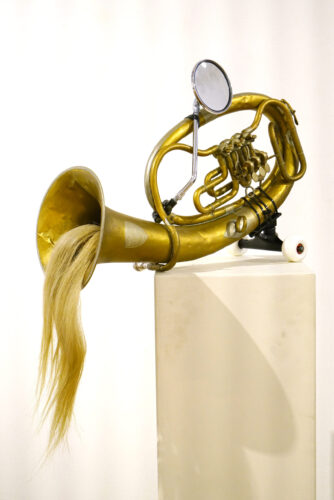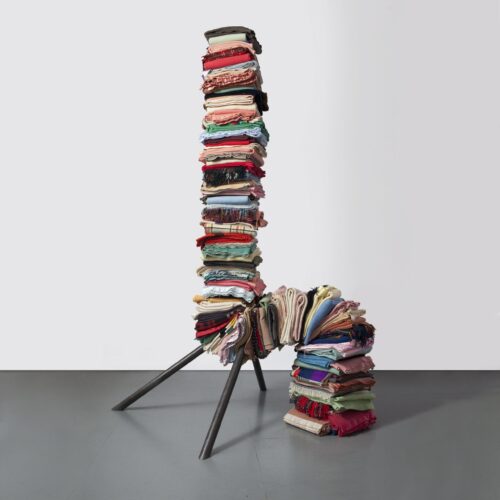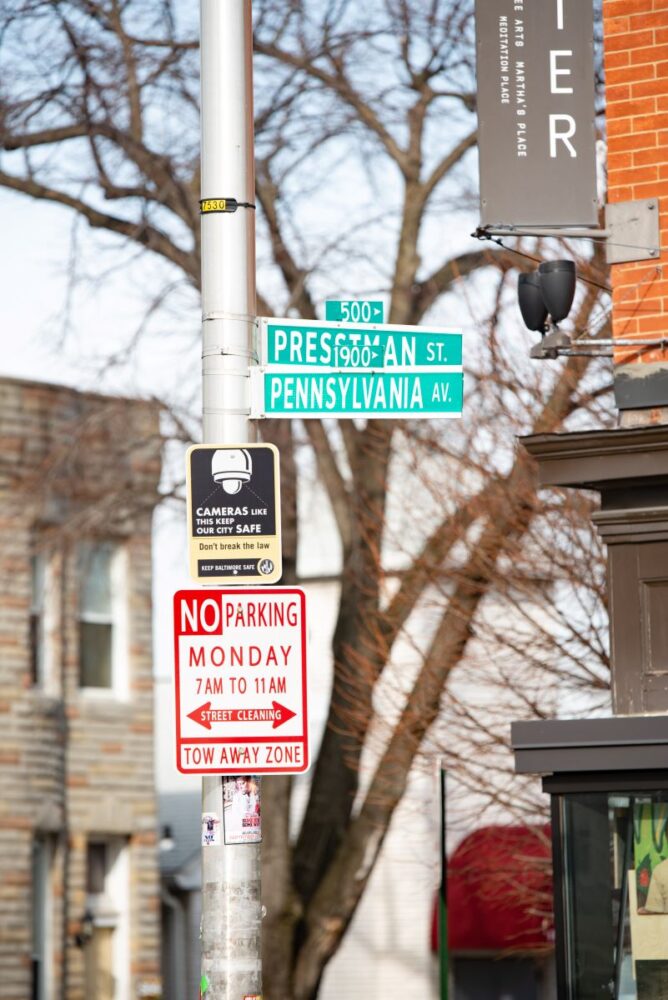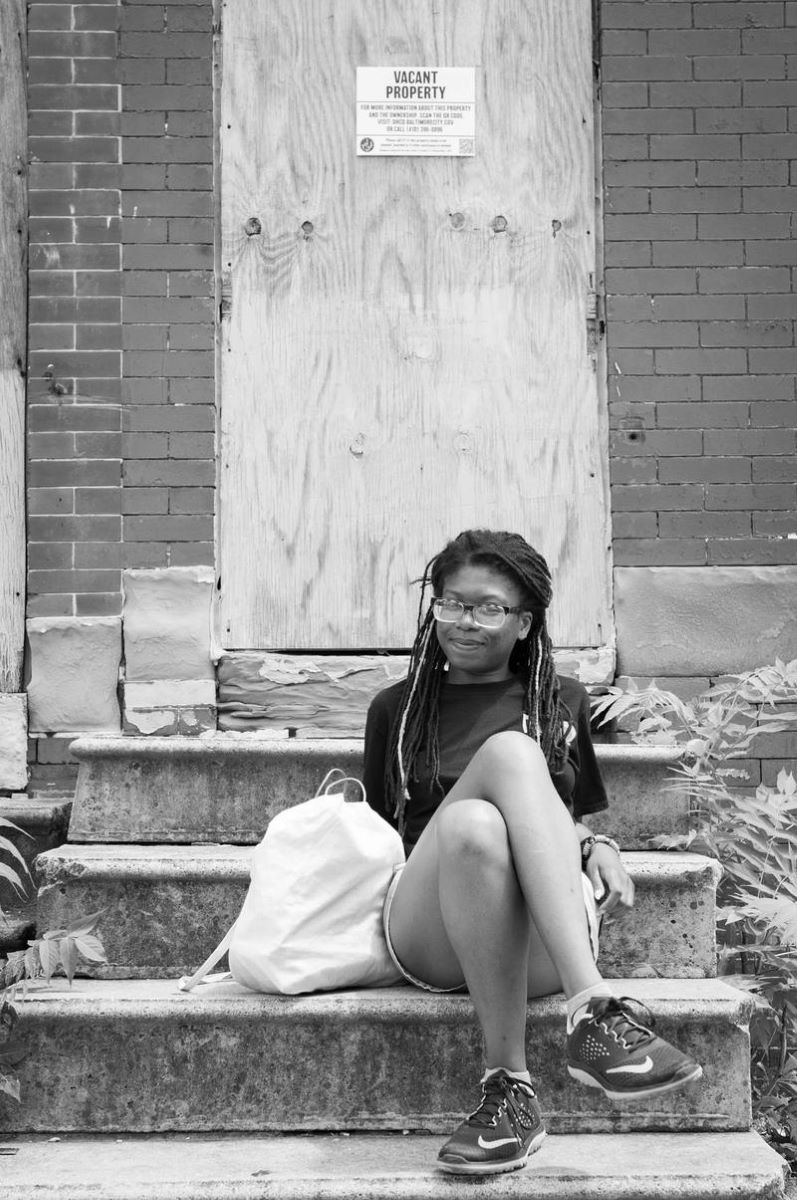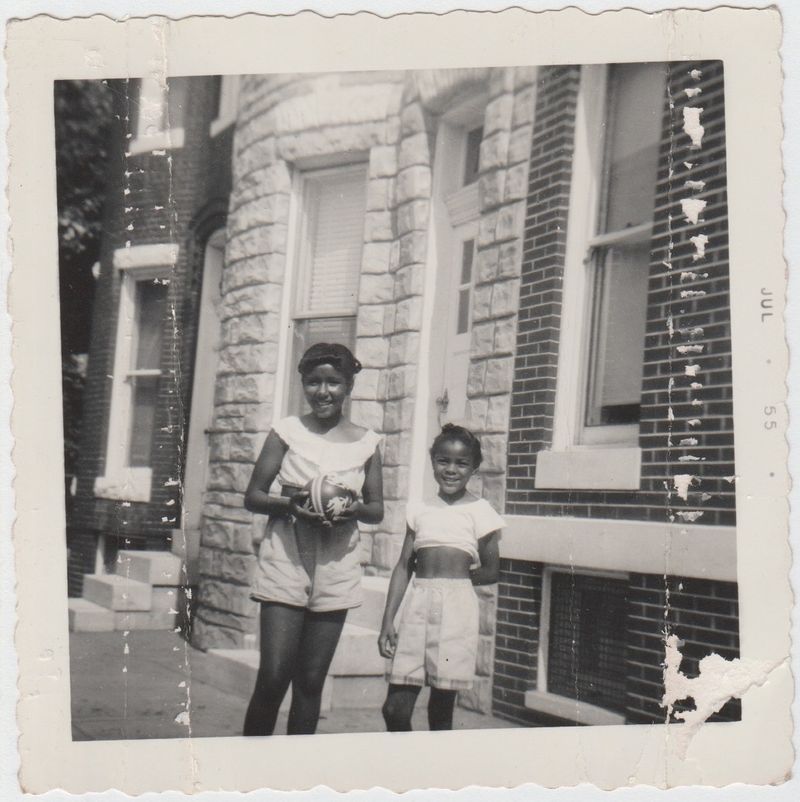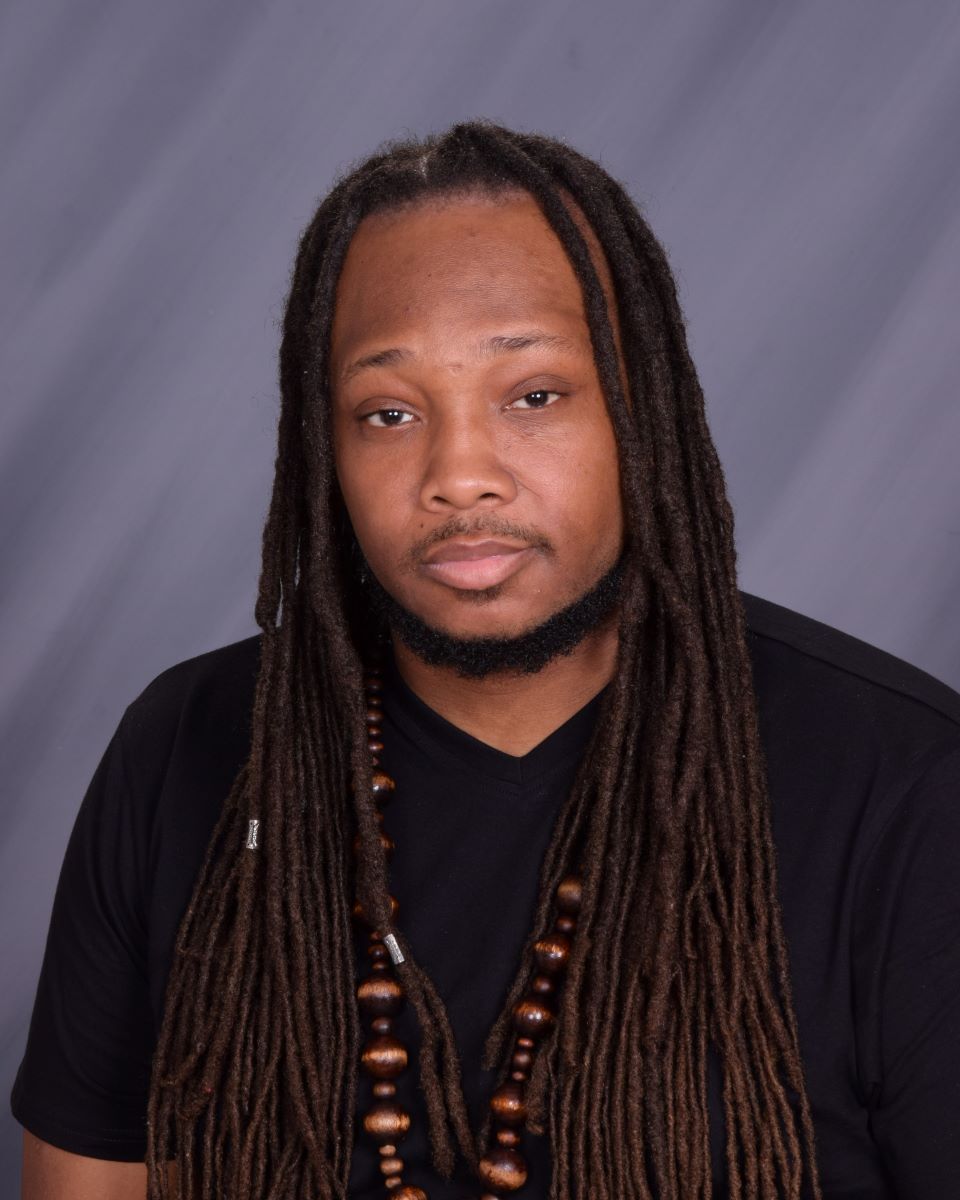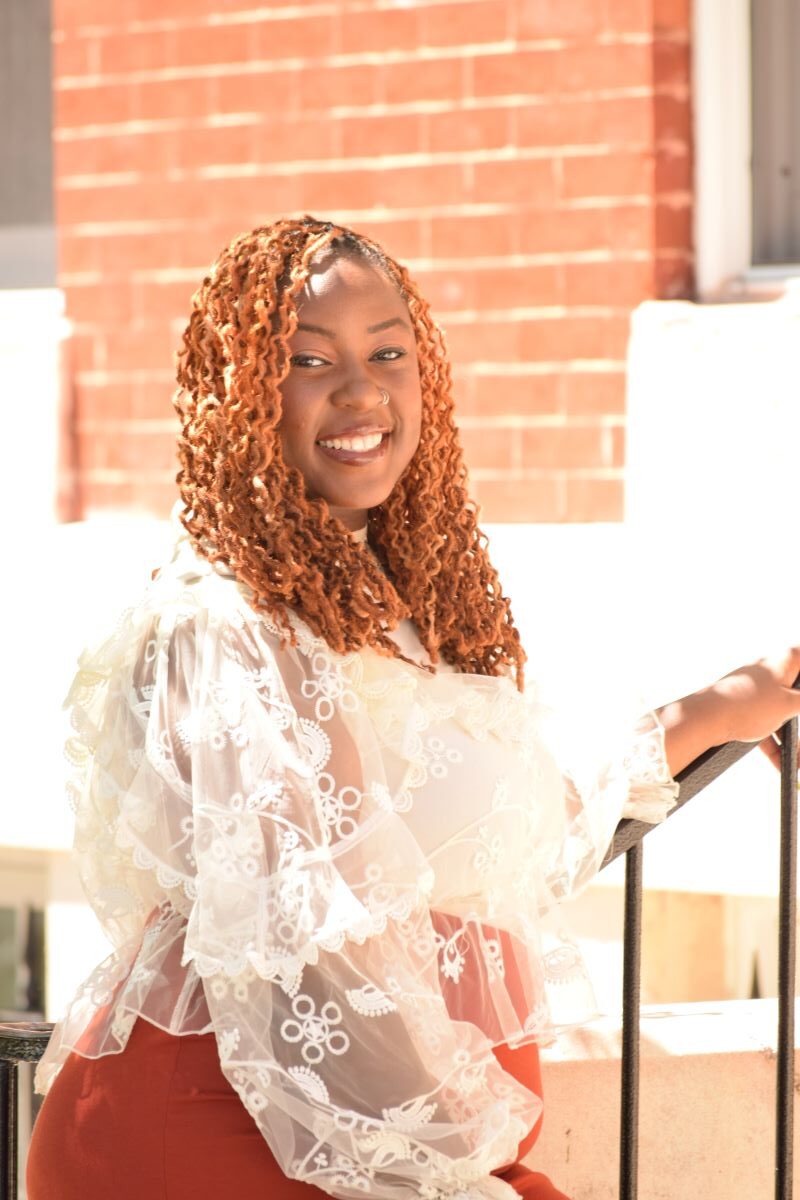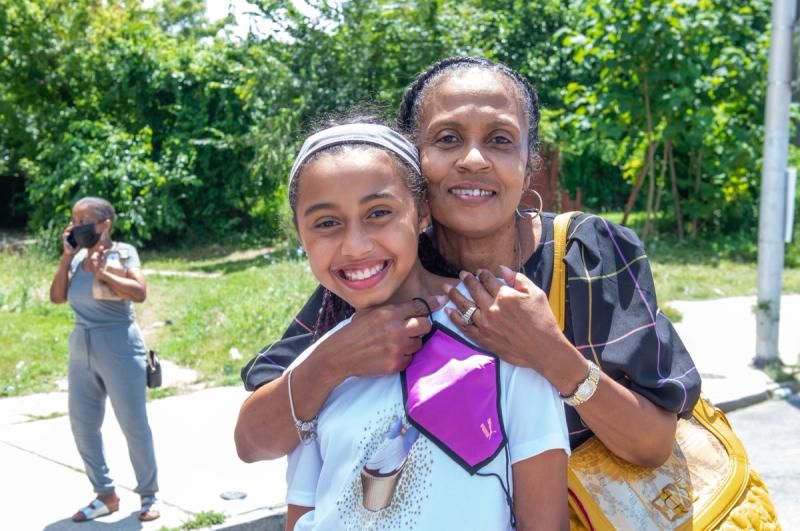Every day, Kenneth Morrison leaves their office, passes the liquor store, and sees people struggling with addiction. It’s a reminder of how decades of disinvestment—fueled by racist housing practices like redlining and blockbusting—have spawned urban blight along Pennsylvania Avenue, which used to be an epicenter for Black art and entertainment businesses during the early to mid-20th century. Not so long ago, Morrison said, the region was “a prominent space that prominent Black creatives thrived in.”
Morrison’s jaw dropped when they learned—in their capacity as director of programs for the Pennsylvania Avenue Black Arts and Entertainment District—that the liquor store used to be a comedy club. “Now, I walk past slowly,” they said. “I imagine, or I reimagine, what could be.”
Today, there are fewer and fewer folks who can remember the neighborhood in its heyday, which is why in fall 2021, the Black Arts District launched the Historical Photography Project (HPP), an online library of photos and oral histories, seeking to ensure that the cultural memory of the Avenue isn’t forgotten or erased. The community-driven initiative was partly inspired by artist and organizer Ada Pinkston, whose work reimagines the idea of monuments.
